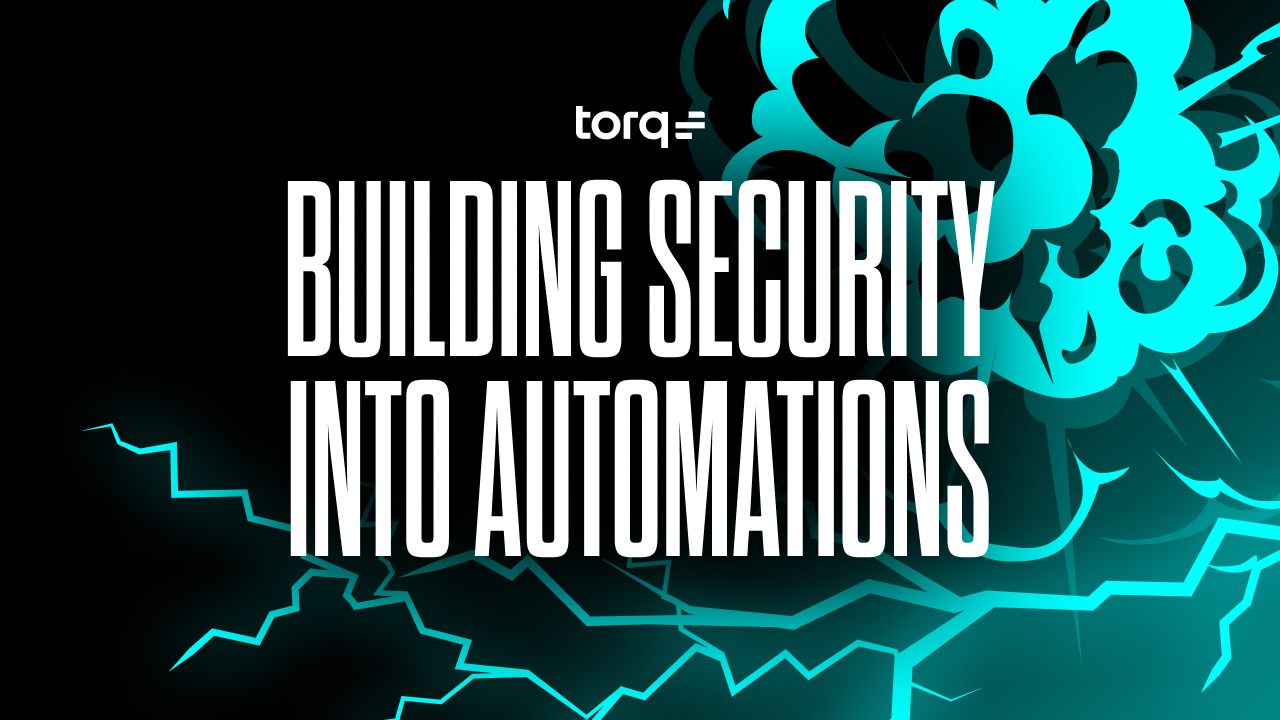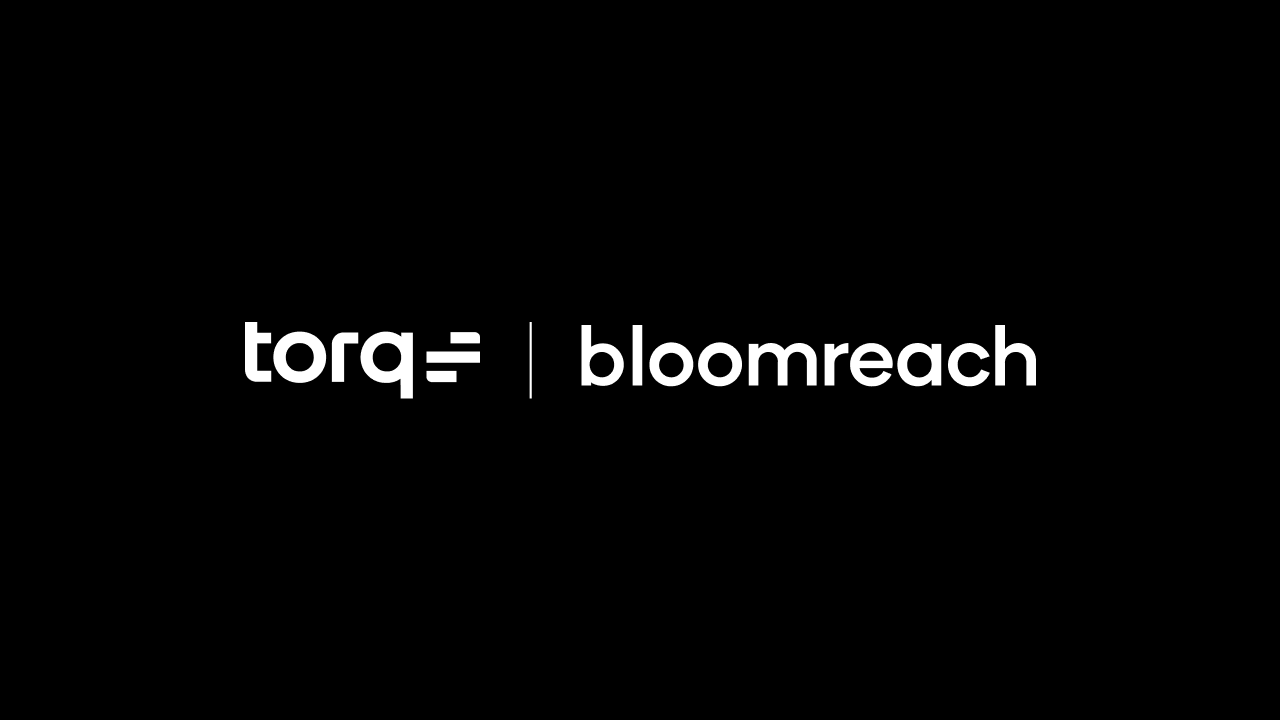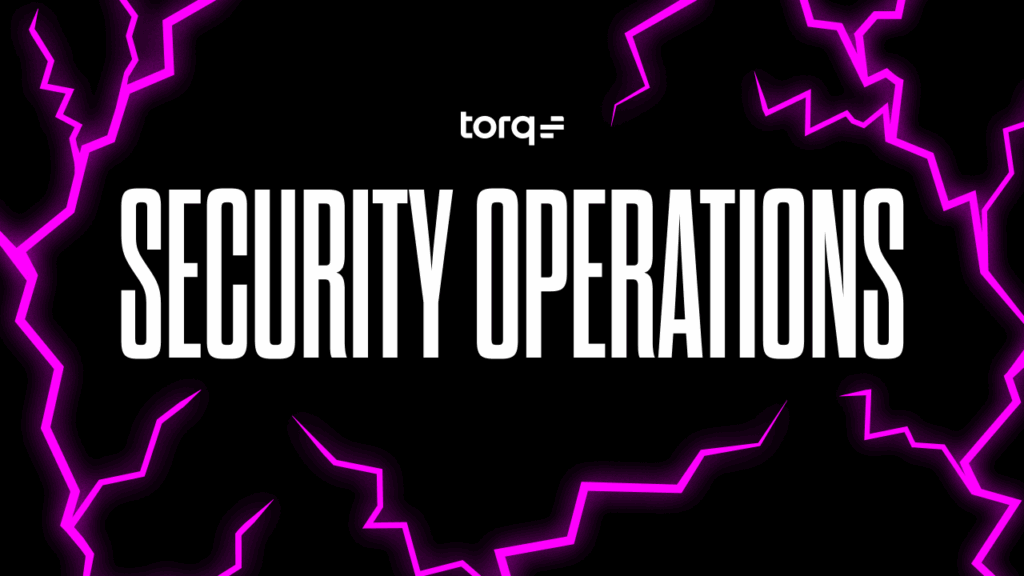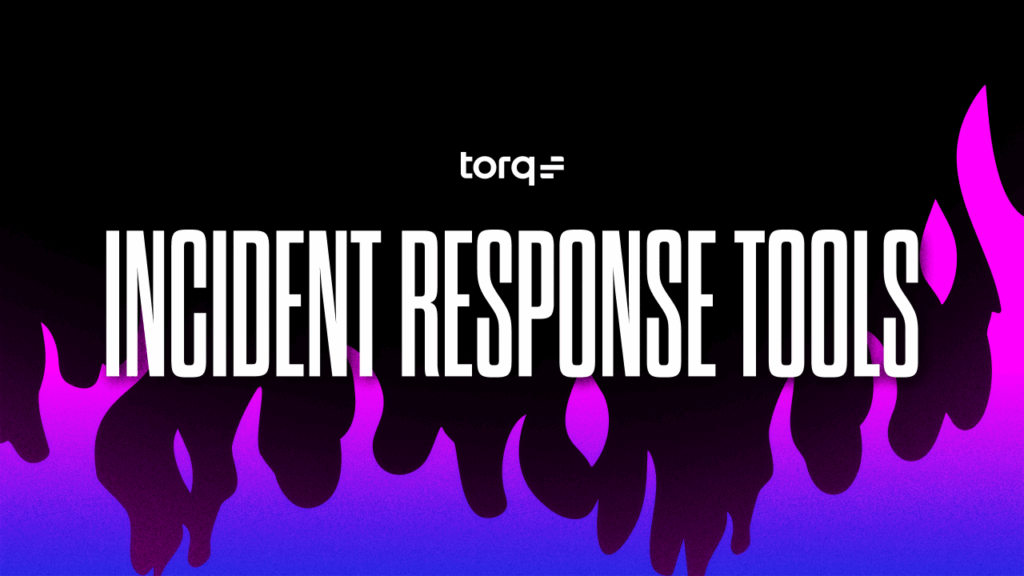Contents
Get a Personalized Demo
See how Torq harnesses AI in your SOC to detect, prioritize, and respond to threats faster.
Legacy SOAR solutions emerged in an era of traditional, static on-premises networks with fewer sophisticated threats. But today’s cybersecurity landscape is dramatically different — attack surfaces rapidly evolve, threats are multifaceted, and cybersecurity talent is increasingly scarce.
As organizations struggle with sprawling security stacks and burned-out SOC teams, legacy SOAR solutions reveal their significant limitations. One of the most critical weaknesses is their lack of support for the Secure Software Development Lifecycle (SSDLC).
The Evolution from SDLC to SSDLC
Every software application, from mobile apps to intricate enterprise solutions, follows a structured development process called the Software Development Lifecycle (SDLC). SDLC provides a systematic approach, covering requirement analysis, design, coding, testing, deployment, and maintenance. While it allows for systematic steps to ensure software quality and reliability, traditional SDLC often sidelines security until late stages in the software development process.
The growth of sophisticated cyber threats underscores the limitations of traditional SDLC. To address these gaps, the Secure Software Development Lifecycle emerged, embedding security practices at every stage of the development lifecycle. Unlike traditional SDLC, which prioritizes functionality and performance, SSDLC proactively addresses vulnerabilities and significantly reduces risk.
The Importance of Integrating SSDLC into Modern Development
Integrating SSDLC is essential for any organization serious about maintaining digital trust. Cyber threats continue to rise in complexity and frequency, making a security-first approach non-negotiable. The proactive, integrated model of SSDLC dramatically reduces vulnerability risks compared to traditional SDLC methods, which often rely on reactive, late-stage patching and inefficient security tests.
Transitioning to SSDLC signifies more than just a technical shift; it represents an organizational commitment to embedding security deeply into the culture and software development lifecycle, driving resilience, compliance, and long-term trust.
Where Legacy SOAR Fails: Lack of SSDLC Integration
SSDLC ensures that security considerations are seamlessly integrated throughout the entire software development lifecycle and automation workflows, reducing vulnerabilities before they become expensive, high-risk issues in production. However, legacy SOAR solutions typically:
- Lack integrated tools and features specifically designed for SSDLC
- Require substantial manual effort to verify that workflows meet security and compliance standards
- Leave workflows vulnerable to potential security threats due to inadequate built-in security testing and checks
These gaps force organizations to invest considerable resources — both human and financial — to ensure automation workflows remain secure and compliant, resulting in higher operational costs and increased exposure to data breaches.
How Torq Hyperautomation Integrates SSDLC by Design
Unlike traditional SOAR solutions, Torq Hyperautomation™ inherently integrates SSDLC principles throughout its platform, ensuring security is embedded into every aspect of workflow development.
Built-in SSDLC Framework
Torq’s Hyperautomation platform offers a comprehensive framework that covers planning, software development, testing, deployment, and maintenance phases. Embedding secure software development into every step of automation ensures robust, compliant workflows.
Automated Testing and Continuous Validation
With Torq, rigorous automated testing is built into the workflow development process. These comprehensive tests check for:
- Vulnerabilities: Continuous scanning and mitigation of security flaws.
- Performance assessments: Ensuring security measures don’t degrade functionality.
- Compliance adherence: Automatic checks aligned with industry standards and regulations.
Unlike legacy solutions, Torq’s automated tests are ongoing, not isolated to specific phases. This continuous validation ensures all workflow changes and updates remain secure and adhere strictly to best practices. Torq also integrates seamlessly with existing development tools, creating a unified and efficient workflow environment.
Environment Segmentation: Development, Staging, and Production
Torq allows security teams to separate workflow development into clearly defined staging and production environments. This enables controlled testing and refinement before workflows ever touch a live environment. By isolating workflows this way, Torq dramatically reduces the risk of security incidents and ensures smooth deployments.
Torq Hyperautomation also implements robust role-based access control (RBAC) by default. These stringent access controls ensure only authorized personnel can interact with specific functions, preserving workflow integrity and security.
Agile Workflow Development with Enhanced Security
Torq doesn’t just secure your automation workflows — it accelerates their development. Its intuitive, user-friendly interface empowers users of all technical skill levels to prototype, test, and refine workflows rapidly.
Torq’s iterative, agile-driven development process incorporates continuous feedback, ensuring automations remain effective and adaptive to evolving security requirements. This agile process far surpasses the capabilities of legacy SOAR platforms, enabling your organization to respond swiftly and confidently to new threats.
Hyperautomation is Essential for SSDLC
The future of software security demands an integrated, continuous SSDLC approach that seamlessly fits into an organization’s overall development strategy. Traditional SDLC approaches that defer security considerations are no longer viable in today’s rapidly evolving threat landscape.
Organizations adopting Torq’s Hyperautomation platform can confidently build security into the core of their development processes, ensuring their automation workflows remain robust and resilient against evolving threats. This continuous, integrated security approach positions organizations to maintain compliance, build digital trust, and sustainably mitigate risks.
Legacy SOAR solutions simply can’t keep up with modern cybersecurity demands. Their lack of built-in SSDLC support leaves critical gaps, resulting in higher costs, increased risks, and significant manual overhead. In contrast, Torq’s Hyperautomation platform is built from the ground up with security-first principles.
With automated SSDLC support, rigorous security checks, robust environment segmentation, and agile workflow development, Torq ensures automations are secure, compliant, and ready to handle today’s dynamic threat landscape.
Secure your organization’s future with Torq’s integrated SSDLC and Hyperautomation capabilities.







